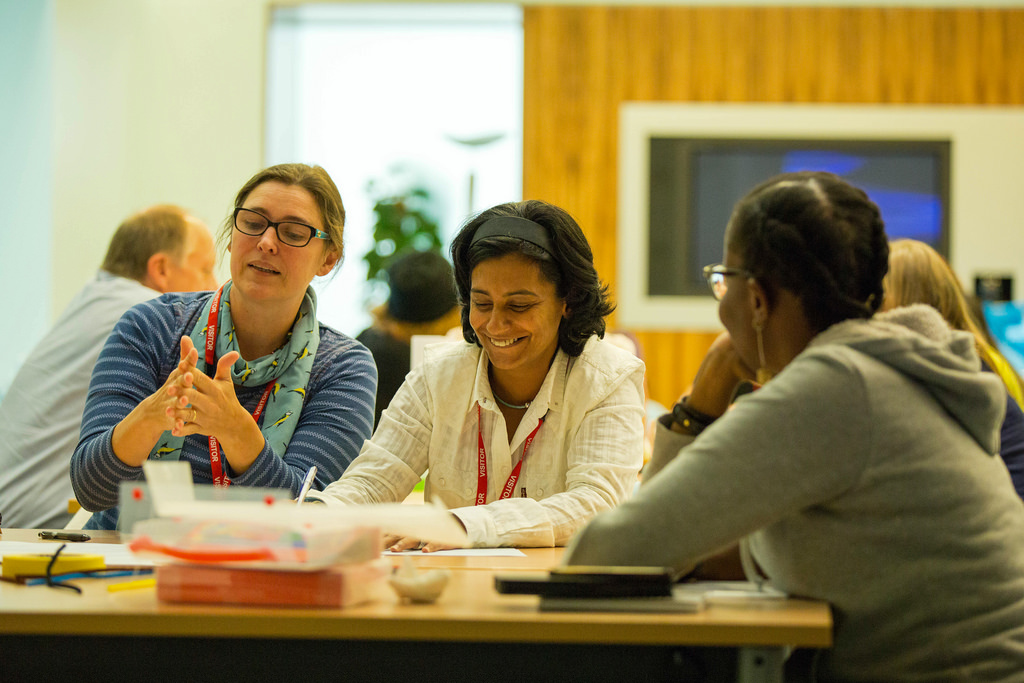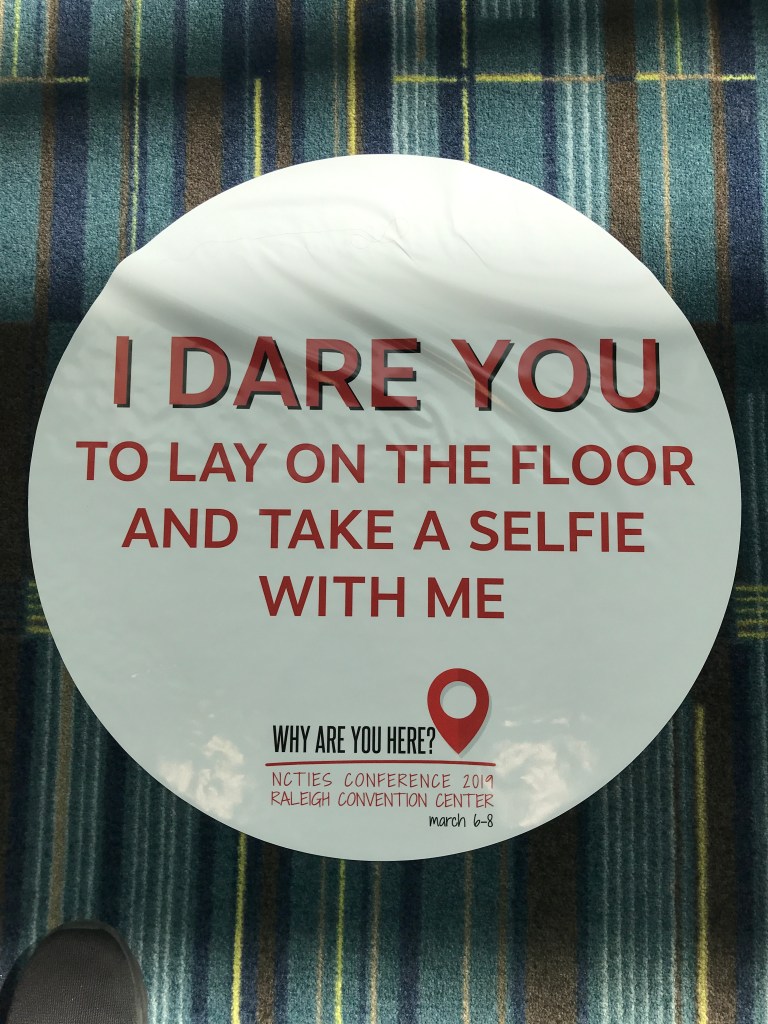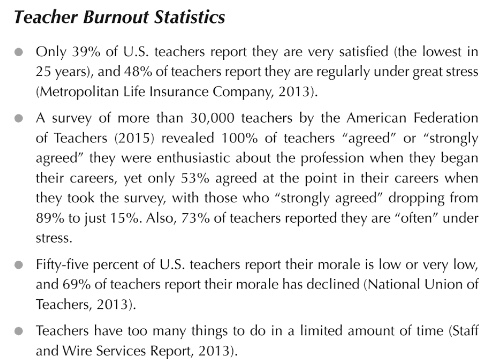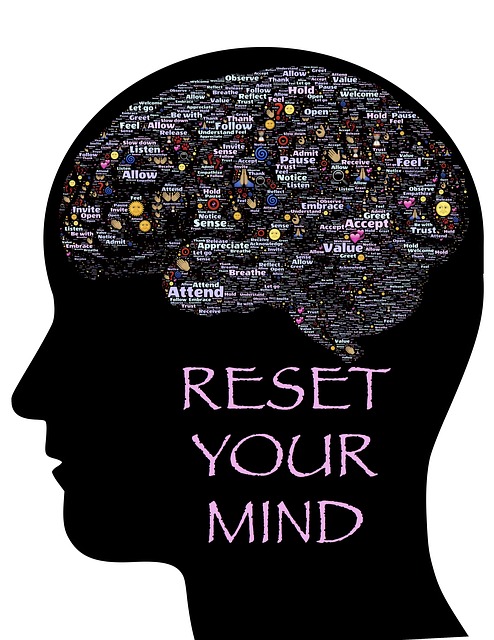The latest and greatest tech shows up. If you’re like I am, you are curious to see if it’s better than something you already use or different in the way it approaches a problem. Maybe it has lots of “bells and whistles”. Maybe the interface looks great. Whatever the reason, discovering new tech can be exciting and almost heady as we explore some great new apps or software.
What is the reason for using the new tech? Is it just because it’s shiny and new? Or does it really have a purpose that will greatly improve your life or the life of your students?
My job is the help teachers and staff learn to use technology in a way that supports their curriculum and enhances their teaching and learning. Sometimes the needs are obvious – “How do I?…” or “I can’t seem to get it to…”. These statements have simple answers (usually!) Yet how do you help someone who doesn’t even know the question to ask?
Like any sound educational practice, looking at the ‘Why?’ behind the use of technology is a great place to start. We set goals and objectives for our students. We determine a standard of what needs to be taught. Why don’t we do the same for teaching adults to integrate software into their teaching? Maybe you already do. I certainly try to do this!
is licensed under CC BY-NC-SA 2.0
My “Why” for teaching teachers has many facets. Each teacher is different, yet each teacher should exhibit the same end goal. Something that is best for students. The “customers” are our students. They deserve to have an engaging education and that must involve various forms of technology. They have grown up in a tech world. They are easily bored. Rather than just throwing the tech at them for the WOW factor, we need to be encouraging them to utilize the tech as a tool. A stepping stone to get to the skills they need to get employed. And it has to start in Kindergarten. If we wait until fourth or fifth grade, we have waited too long.
Technology can open the world of creativity for students. They can use it to collaborate with others globally, to be self-motivated, to set deadlines and personal goals. But only if we teach them how to do that. We can’t ever assume that students, or teachers, have already mastered self-discipline, time management, collaboration, or communication. In other words, teaching soft skills.
While I’m not a fan of the term soft skills, it is used with regularity in the business world. What are soft skills? Will Kenton describes soft skills in this way:
Soft skills are character traits and interpersonal skills that characterize a person’s relationships with other people. In the workplace, soft skills are considered to be a complement to hard skills, which refer to a person’s knowledge and occupational skills. Sociologists may use the term soft skills to describe a person’s emotional intelligence quotient (EQ) as opposed to intelligence quotient (IQ).
Soft skills have more to do with who people are, rather than what they know. As such, they encompass the character traits that decide how well one interacts with others and usually are a definite part of an individual’s personality. In a competitive labor market, employees who demonstrate they have a good combination of hard and soft skills often see a greater demand for their services.
Soft Skills. (2021). Investopedia. https://www.investopedia.com/terms/s/soft-skills.asp
Quarantine taught us a lot about the lack of self-discipline. Both the self-discipline of our students and the self-discipline of ourselves. I’m a scheduled person. I thrive when I have my calendar completely organized well in advance of dates. I organized calendars for my family and manage multiple calendars. I like this. Many people don’t. It makes me calm and helps me plan. I still manage to miss or arrive late to meetings, but then it’s my own fault for not allowing enough time. I do that a lot. Time fleets.
Soft skills became a necessary thing to acquire for students and teachers thrust into learning from home. Some learned it. Sadly, many did not. But don’t underestimate your students! They are quite resourceful if you let go of the control just a little bit. They become motivated when it’s something they want to learn.
So back to technology tools. Tool training is important, but not for the reason you might think. Tool training is important because it is the foundation to get to the end goal. It’s not about the tool. For example, you can’t build a house unless you know how to use a ruler, a saw, and a hammer at the very least. So learning how to use the tools matters. Over time you learn the nuances and tricks of the trade with those tools. Just like software.
Start with your “Why?”. Don’t be afraid to collaborate with someone to test things out. Build the capacity of your students and colleagues by sharing what you learn, what you create, and how you do things. No one has all of the answers, but getting some tool training can help you to be more productive, innovative and lead the way for your students to thrive. ~B


 I look at the title of my blog and realize that I have written less about tech lately than about life in general. Tech seems somehow too impersonal to write about. I can share the latest gadget, or deal on some new device. But, I find myself wandering into what I really care about: Other people.
I look at the title of my blog and realize that I have written less about tech lately than about life in general. Tech seems somehow too impersonal to write about. I can share the latest gadget, or deal on some new device. But, I find myself wandering into what I really care about: Other people. As I reflect back on the previous week, I find myself returning to the same conclusion. Using technology and using technology well is an ongoing goal. While some might think I know a lot, it’s becoming increasingly clear to me that I have so much more to learn.
As I reflect back on the previous week, I find myself returning to the same conclusion. Using technology and using technology well is an ongoing goal. While some might think I know a lot, it’s becoming increasingly clear to me that I have so much more to learn.



 Did I take this teacher’s comment personally? You bet. Does it mean that I’ll never give that same training in the same way again? Probably. And a few years ago, I would lose sleep over what I “did wrong”. But I am a different person today. I have an amazingly supportive colleague who collaborates to make things better each time. We will digest the feedback and will find a way to respectfully and professionally follow up with this teacher to find out how or if we can provide digital learning support in the future.
Did I take this teacher’s comment personally? You bet. Does it mean that I’ll never give that same training in the same way again? Probably. And a few years ago, I would lose sleep over what I “did wrong”. But I am a different person today. I have an amazingly supportive colleague who collaborates to make things better each time. We will digest the feedback and will find a way to respectfully and professionally follow up with this teacher to find out how or if we can provide digital learning support in the future.



